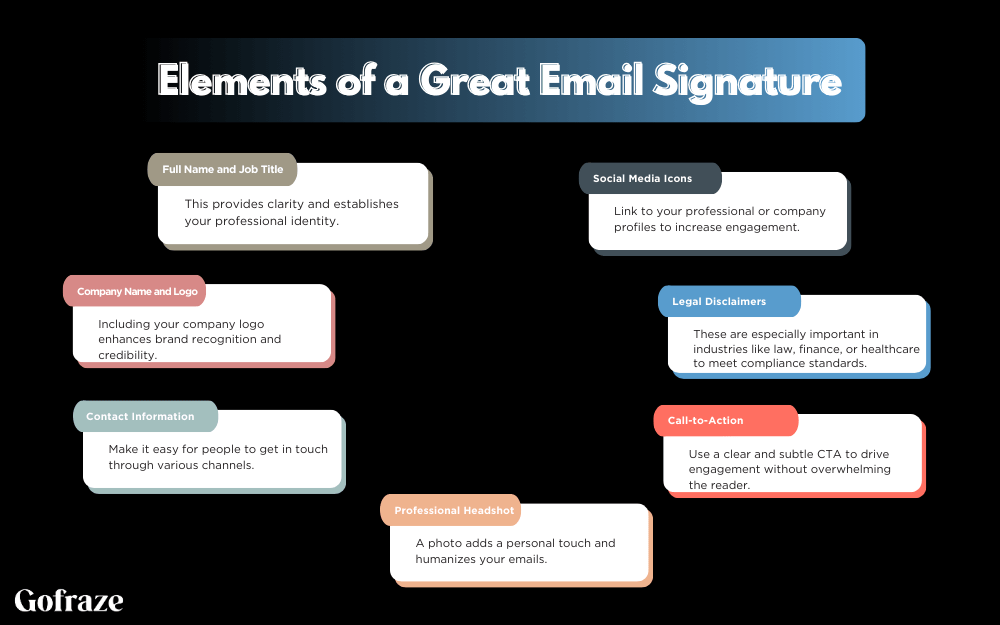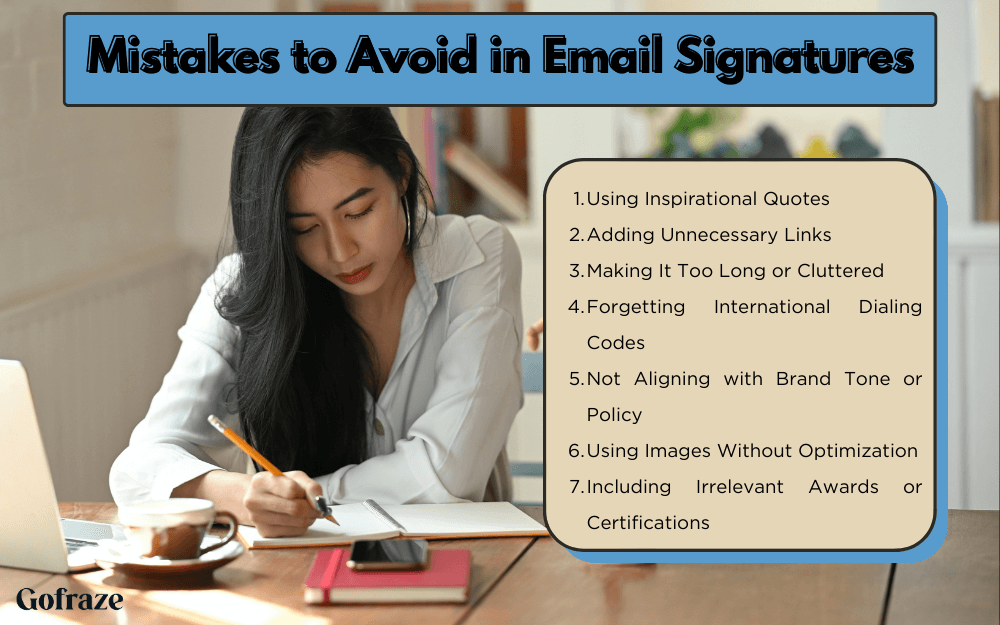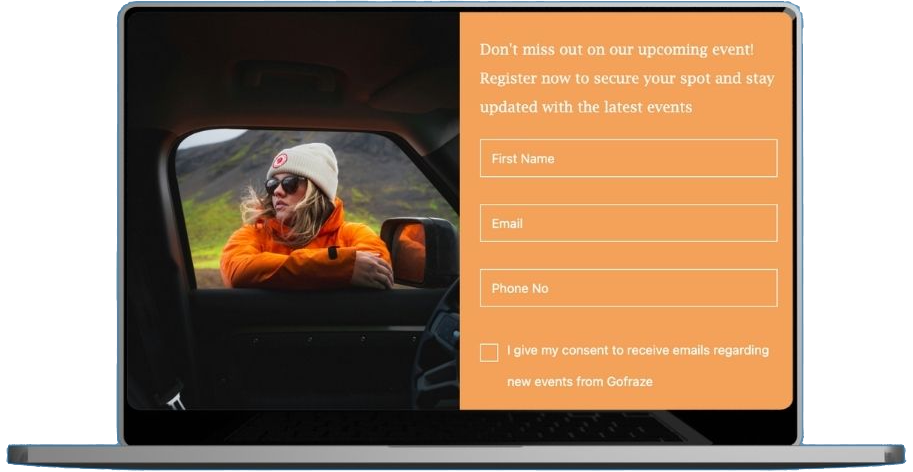Email Marketing for Car Dealerships: Strategies, Ideas & Best Practices
Explore powerful email marketing strategies for car dealerships. Learn to attract, engage, and convert leads into loyal customers with ease.
An email signature is more than just a name at the end of a message; it is a powerful branding tool, a digital business card, and a subtle marketing asset. A well-crafted email signature can influence first impressions, maintain professionalism, and communicate vital contact details. In a business world where communication is largely virtual, your sign-off is often the last thing a recipient sees — make it count.
An email signature is a block of text or HTML automatically appended at the end of an email. It typically includes the sender’s name, title, contact details, and sometimes a company logo or promotional message. Its purpose is to provide recipients with useful information and present a consistent, professional image.
An email signature serves as your digital handshake. A clean, well-designed sign-off demonstrates professionalism and attention to detail.
By including essential contact details, official titles, and company branding, your signature adds legitimacy and builds trust with recipients.
With a strategic CTA, such as a link to a product demo or newsletter signup, your email signature becomes a subtle but effective marketing tool.
Standardized email signatures across all employees reinforce brand identity and present a unified image to clients and partners.

This provides clarity and establishes your professional identity.
Including your company logo enhances brand recognition and credibility.
Make it easy for people to get in touch through various channels.
A photo adds a personal touch and humanizes your emails.
Link to your professional or company profiles to increase engagement.
These are especially important in industries like law, finance, or healthcare to meet compliance standards.
Use a clear and subtle CTA to drive engagement without overwhelming the reader.

Avoid overcrowding your signature with too much information. A clean layout ensures better readability and leaves a professional impression. Stick to the essentials for clarity and impact.
Use standard fonts like Arial, Calibri, or Times New Roman to maintain consistency across devices. Keep the font size between 10 and 12 points for easy readability.
Too many colors can look unprofessional and distract the reader. Use your brand’s primary colors to maintain consistency and reinforce brand identity.
Many users check emails on their phones, so your signature should be responsive. Make sure images, fonts, and spacing look good on smaller screens.
Images can slow down loading times and may not display properly across all email clients. Use images sparingly and only when they add value to your signature.
Dividers help segment your information and guide the reader’s eye. Proper spacing improves legibility and keeps the layout neat and organized.
Alt text ensures that recipients using screen readers or with image blockers still understand the context. It’s a small addition that greatly improves accessibility.
Not all email clients render signatures the same way. Test your signature in various platforms to ensure consistent appearance and functionality.
Refrain from including sensitive or confidential details that could pose security risks. Stick to public-facing information like contact details and web links.
Your job title, contact details, or promotions may change over time. Regularly review and refresh your signature to keep it accurate and relevant.

While quotes may be inspiring, they can appear unprofessional or misaligned with corporate tone. They may even unintentionally offend recipients from different cultural or professional backgrounds.
Including too many links can clutter your signature and distract the reader. It may also increase the risk of your emails being flagged as spam.
An overly detailed signature can be hard to read and may overwhelm the recipient. Brevity ensures that the core details are not lost in excessive information.
If you’re communicating with international clients, missing country codes can make it difficult for them to contact you by phone.
A mismatch between your signature style and the brand voice can confuse clients and reduce brand credibility. Consistency reflects professionalism.
Heavy or improperly formatted images can delay email loading times and even break in certain email clients. They may also get flagged by spam filters.
Overloading your signature with outdated or unrelated awards can dilute your core message. Keep the focus on current, meaningful recognitions.
[Your Name]
[Your Title]
[Company Name]
Phone: +1 (123) 456-7890
Email: you@company.com
[Company Website URL]
[Social Media Icons]
[Your Name] — Visual Storyteller
[Your Portfolio URL]
[Instagram Icon] [Behance Icon]
“Design is thinking made visual.”
[Your Name]
Consultant | [Industry/Niche]
LinkedIn | Website
“Helping you grow smarter.”
(Visual mockups can be added here)
WiseStamp is a popular tool that enables you to design dynamic and personalized email signatures with ease. It offers templates for individuals and businesses, supports social media icons, banners, and even scheduling tools. Ideal for professionals who want their emails to stand out.
MySignature is a simple yet powerful tool for building HTML email signatures that look great on any device. It supports multiple email platforms and provides customization options including images, CTA buttons, and social media icons. Great for teams looking for consistency across communications.
Canva offers beautifully designed email signature templates that you can customize with your branding elements. It’s ideal for visual-oriented users who want more design control. Once customized, you can export the design and embed it into your email client with some basic HTML.
Many companies opt for in-house HTML signature builders for full control over design and functionality. These allow developers to code signatures with precise branding, custom fonts, and tracking elements. It’s best for businesses with technical resources and specific brand guidelines.
Maintain consistency and professionalism across all departments by designing a standard email signature format. This helps reinforce your brand identity and ensures no critical information is missed.
Provide easy-to-follow documentation or conduct short training sessions on how to apply and maintain their email signatures. Empower your team to use it correctly and ensure it reflects the latest branding or contact updates.
Track how many recipients click your links using UTM parameters and analytics tools. This helps measure engagement and evaluate which CTAs are driving the most traffic or conversions.
Use tools like Exclaimer, Bybrand, or CodeTwo to automate company-wide signature updates. This is especially useful for large teams and ensures branding and legal compliance remain consistent over time.
Follow these email signature best practices and use smart tools to build a signature that adds credibility and leaves a lasting impression.
Your email signature is an extension of your brand and a key part of your digital identity. By following best practices and keeping your signature clean, relevant, and aligned with your branding, you elevate every email you send. Don’t underestimate the power of a strong sign-off.
A well-designed email signature reinforces trust, drives action, and serves as a subtle yet powerful marketing tool. From startups to enterprises, every business should treat email signatures as a branding asset. Invest in a strategy today and watch how this small detail can leave a lasting impact.

Explore powerful email marketing strategies for car dealerships. Learn to attract, engage, and convert leads into loyal customers with ease.

Learn how to craft the perfect webinar invitation email using key tips, templates, and examples to boost sign-ups and engagement.

Discover winning sports newsletter examples, essential elements, and expert tips to craft high-impact email campaigns your fans will love.

Get unlimited forms that turn your traffic into real subscribers — totally free
Start now - free forever